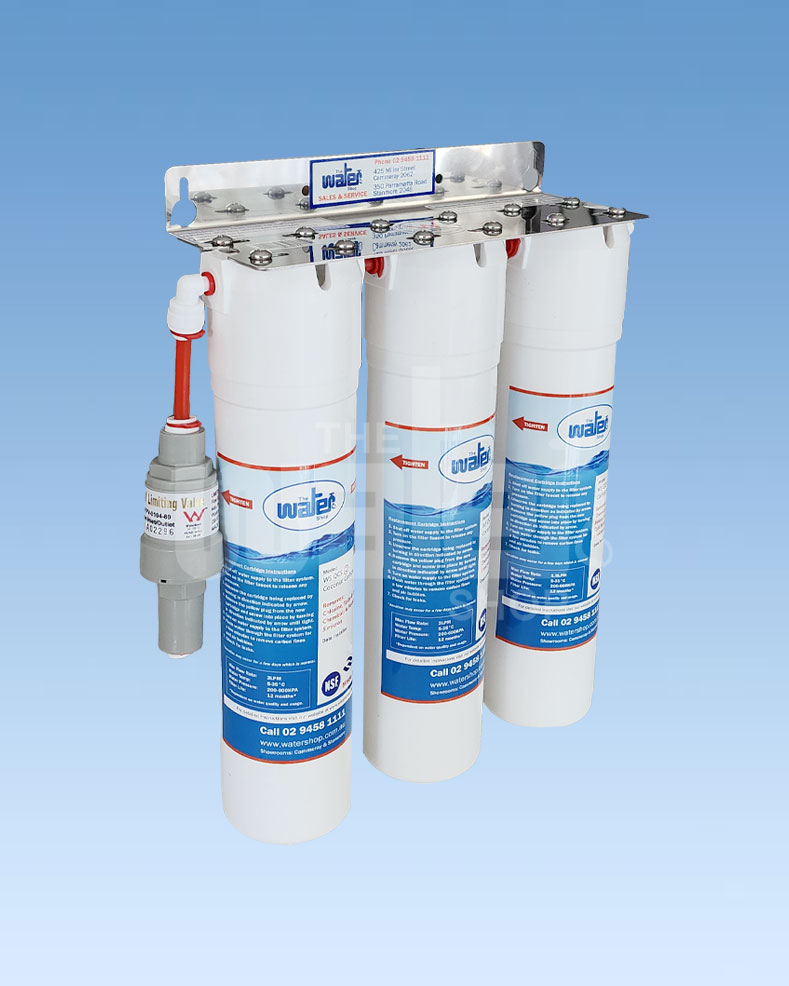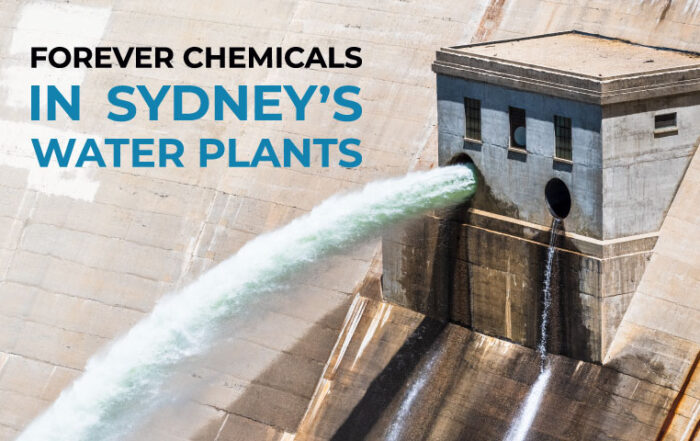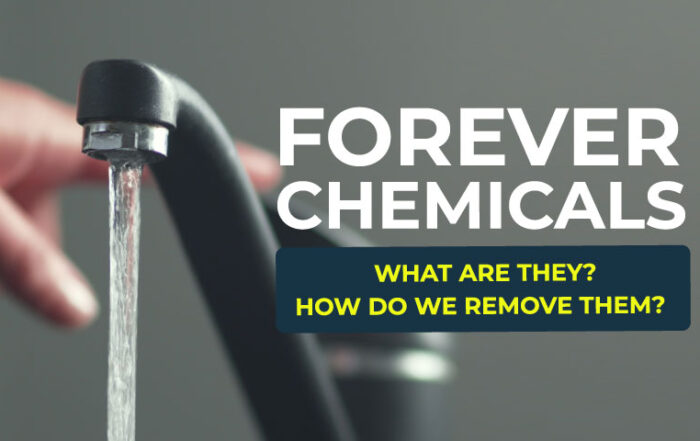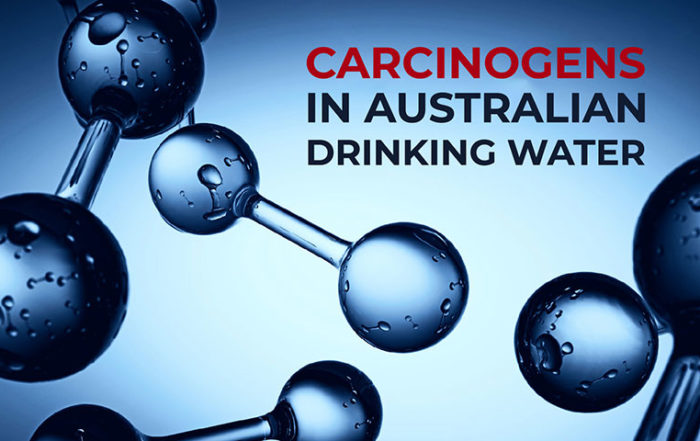In 1993, the United Nations General Assembly designated March 22 as the first World Water Day. And with good reason – without water, we’d be nothing. Just dust. Water is one of the most common substances on earth, and one of the most vital; it’s a tremendously valuable resource, yet one we squander and pollute prodigiously.
Water is deceptive. For while it pours freely from the heavens and seems to flow endlessly in rivers, it’s a finite resource; we only have what we have. And although there is about 332,500,000 cubic miles of it on earth – only one-hundredth of one percent of the world’s water is readily available for human use. We really need to learn how to show it some respect. Which is where World Water Day comes in.
Even though water deserves celebration every day, we’ll take this occasion to give a shout-out to this incredible compound that gives us life and sustains the planet around us. So with that in mind, consider the following facts – some wondrous, some disconcerting, all eye-opening:
1. The average human body is made of 50 to 65 percent water.
2. Newborn babies have even more, ringing in at 78 percent water.
3. A gallon of water weighs 8.34 pounds; a cubic foot of water weighs 62.4 pounds.
4. A liter of water weighs 1 kilo; a cubic meter of water weighs 1 tonne. (The rest of the statistics are in imperial units since they are U.S.-based and so is this site; but the original metric system was created with base units that could be derived from the weight of a specified volume of pure water … hence the nice round numbers.)
5. An inch of water covering one acre (27,154 gallons) weighs 113 tons.
6. Water covers 70.9 percent of the planet’s surface.
NASA Goddard Space Flight Center/Flickr/CC BY 2.07. Ninety-seven percent of the water on Earth is salt water; the water found in the Earth’s lakes, rivers, streams, ponds, swamps, etcetera accounts for only 0.3 percent of the world’s fresh water. The rest is trapped in glaciers or is in the ground.
8. There is more water in the atmosphere than in all of our rivers combined.
9. If all of the water vapor in our planet’s atmosphere fell as water at once and spread out evenly, it would only cover the globe with about an inch of water.
10. More than one-quarter of all bottled water comes from a municipal water supply – the same place that tap water comes from.
11. Approximately 400 billion gallons of water are used in the United States per day; nearly half of that is used for thermoelectric power generation.
12. In a year, the average American residence uses over 100,000 gallons.
13. Since the average faucet releases 2 gallons of water per minute, you can save up to four gallons of water every morning by turning off the tap while you brush your teeth.
14. A running toilet can waste up to 200 gallons of water each day.
15. At one drip per second, a faucet can leak 3,000 gallons in a year.
16. A bath uses up to 70 gallons of water; a five-minute shower uses 10 to 25 gallons.
Luke Price/Flickr/CC BY 2.017. The first water pipes in the U.S. were made from hollowed logs.
18. Leaks in the New York City water supply system account for 36 million gallons of wasted water per day.
19. There are around one million miles of water pipeline and aqueducts in the U.S. and Canada, enough to circle the globe 40 times.
20. 748 million people in the world do not have access to an improved source of drinking water
21. And 2.5 billion people do not have use of an improved sanitation facility.
22. Some 1.8 billion people worldwide drink water that is contaminated with feces.
23. The World Health Organization recommends 2 gallons per person daily to meet the requirements of most people under most conditions; and around 5 gallons per person daily to cover basic hygiene and food hygiene needs.
24. On average, an American resident uses about 100 gallons of water per day.
25. On average, a European resident uses about 50 gallons of water per day.
26. On average, a resident of sub-Saharan Africa uses 2 to 5 gallons of water per day.
Tom Hall/CC BY 2.027. It takes .26 gallons of water to irrigate one calorie of food.
28. (Yet it takes 26 gallons for one calorie of food when water is used inefficiently.)
29. It takes 2.6 gallons of water to make a sheet of paper.
30. It takes 6.3 gallons of water to make 17 ounces of plastic.
31. It takes 924 gallons of water to produce 2.2 pounds of rice.
32. It takes 2,641 gallons of water to make a pair of jeans.
33. It takes 3,962 gallons of water to produce 2.2 pounds of beef.
34. It takes 39,090 gallons of water to manufacture a new car.
35. In developing nations women and girls are primarily responsible for collecting water; on average, 25 percent of their day is spent on this task.
36. Collectively, South African women and children walk a daily distance equivalent to 16 trips to the moon and back to fetch water.
Sources: UN World Water Day; EPA Water Sense; EPA Water.
Recently in Australian News

LET’S STAY CONNECTED
Discussion
Related Articles
If you enjoyed reading this, then please explore our other articles below:







